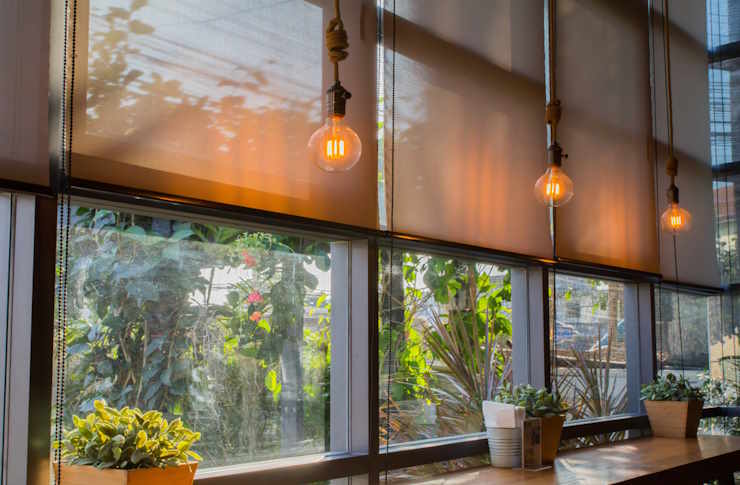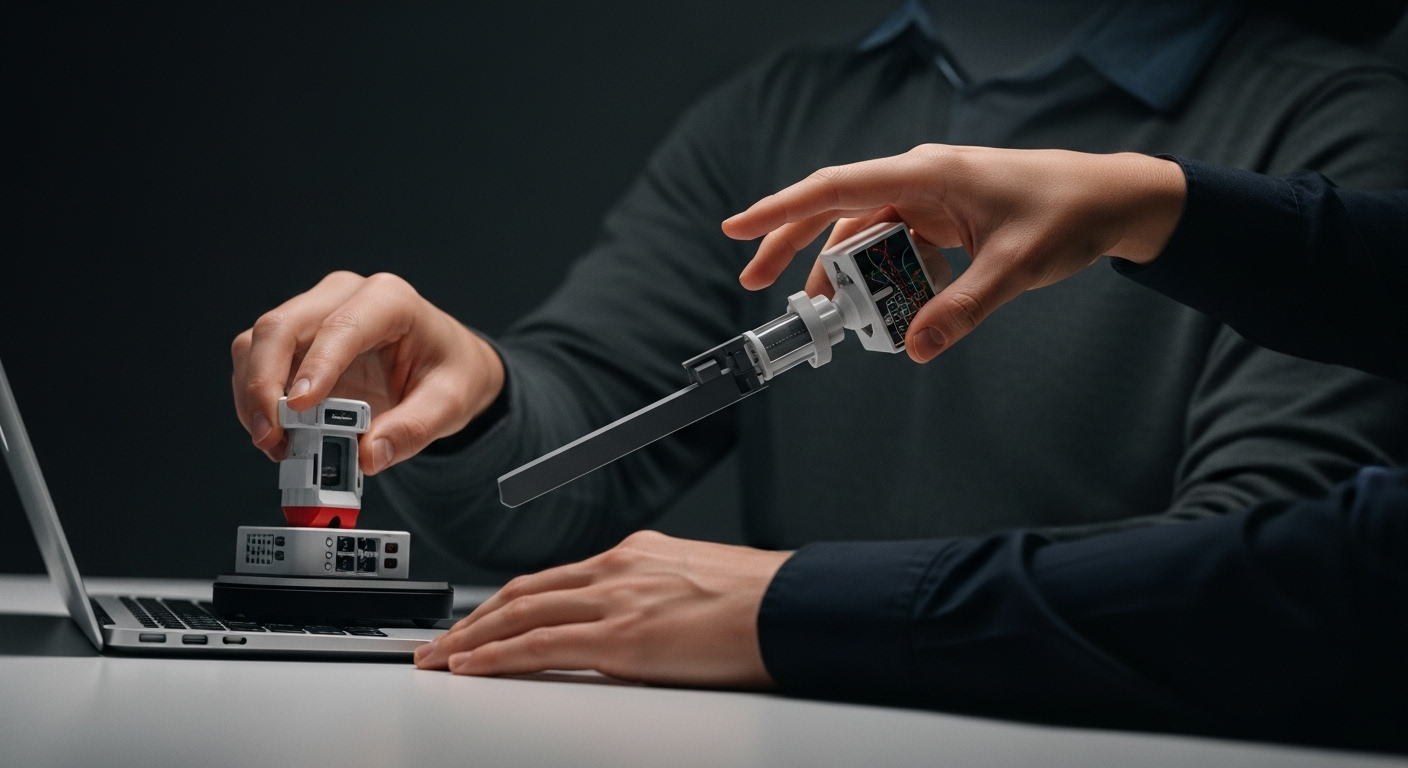Bioluminescent Decor: Illuminating Spaces with Living Light
The fusion of nature and technology has birthed a captivating trend in home decor: bioluminescent design. This innovative approach harnesses the ethereal glow of living organisms to create mesmerizing, sustainable lighting solutions. Imagine stepping into a room bathed in the soft, blue-green radiance of bioluminescent algae or fungi, transforming your living space into a magical underwater grotto. This cutting-edge design concept not only illuminates but also brings a piece of nature's most fascinating phenomena right into our homes.

In the context of home decor, designers and scientists have found ways to cultivate and harness bioluminescent organisms, primarily algae and fungi, to create living light sources. These microorganisms are typically housed in specially designed containers that provide the necessary nutrients and conditions for them to thrive and emit their characteristic glow.
From Ocean Depths to Living Rooms
The journey of bioluminescent decor from concept to reality has been a fascinating one. Marine biologists studying deep-sea bioluminescence first sparked the idea of using this natural light source in design. Early experiments involved creating small, enclosed ecosystems that could sustain bioluminescent algae.
As the technology advanced, designers began collaborating with scientists to develop more sophisticated and aesthetically pleasing bioluminescent fixtures. Today, we see a range of products, from table lamps and wall sconces to large-scale installations that serve as living art pieces.
The Allure of Living Light
Bioluminescent decor offers a unique appeal that goes beyond mere illumination. The soft, pulsating glow creates a serene and otherworldly atmosphere, perfect for meditation spaces or as a calming nightlight. Moreover, the dynamic nature of living organisms means that the light patterns are ever-changing, providing a constantly evolving visual experience.
This form of lighting also taps into the growing desire for biophilic design – the integration of natural elements into our built environments. Bioluminescent fixtures serve as a living connection to nature, bringing a sense of wonder and tranquility to urban spaces often disconnected from the natural world.
Practical Considerations and Care
While the idea of bioluminescent decor is undoubtedly enchanting, it does come with certain practical considerations. These living light sources require specific care to maintain their glow and health. Most bioluminescent decor items need regular feeding with a nutrient solution and occasional ‘recharging’ through exposure to natural or artificial light.
Temperature control is also crucial, as most bioluminescent organisms thrive in specific temperature ranges. Some products come with built-in cooling systems to ensure optimal conditions. Additionally, the lifespan of these living lights varies, with some lasting several months before needing replacement of the bioluminescent culture.
Design Integration and Styling
Incorporating bioluminescent decor into your home requires a thoughtful approach. These ethereal light sources work best as accent pieces, creating focal points in a room. They pair beautifully with minimalist designs, where their subtle glow can take center stage without competition from other strong visual elements.
In terms of color schemes, the blue-green hue of most bioluminescent organisms complements cool color palettes and can add an interesting contrast to warmer tones. Some designers are experimenting with different species of bioluminescent organisms to expand the available color range, potentially offering options in shades of red, purple, or even white.
The Future of Bioluminescent Design
As this technology continues to evolve, we can expect to see more sophisticated and diverse applications of bioluminescent decor. Research is underway to develop more robust strains of bioluminescent organisms that can produce brighter, longer-lasting light.
There’s also potential for integrating bioluminescent elements into larger architectural features, such as glowing walls or ceilings. Some visionaries even speculate about the possibility of bioluminescent plants, genetically modified to produce light, which could revolutionize both indoor and outdoor lighting.
Sustainability and Environmental Impact
One of the most compelling aspects of bioluminescent decor is its potential for sustainability. These living light sources consume minimal energy, often requiring only small amounts of nutrients to produce light. This makes them an eco-friendly alternative to traditional lighting options, aligning with the growing demand for sustainable home solutions.
However, it’s important to consider the ethical implications of cultivating and using living organisms for decorative purposes. Responsible manufacturers are focusing on creating closed-loop systems that ensure the well-being of the bioluminescent creatures while minimizing any potential environmental impact.
A New Dimension in Lighting Design
Bioluminescent decor represents a fascinating intersection of biology, technology, and design. It challenges our conventional notions of lighting and brings a piece of nature’s magic into our homes. While still in its early stages, this innovative approach to illumination has the potential to transform how we light and experience our living spaces.
As we continue to seek ways to reconnect with nature and reduce our environmental footprint, bioluminescent decor offers a glimpse into a future where our homes are not just spaces we inhabit, but living, breathing ecosystems that nurture and inspire us. It’s a trend that invites us to see our living spaces in a new light – quite literally – and reimagine the possibilities of home design in harmony with nature.




